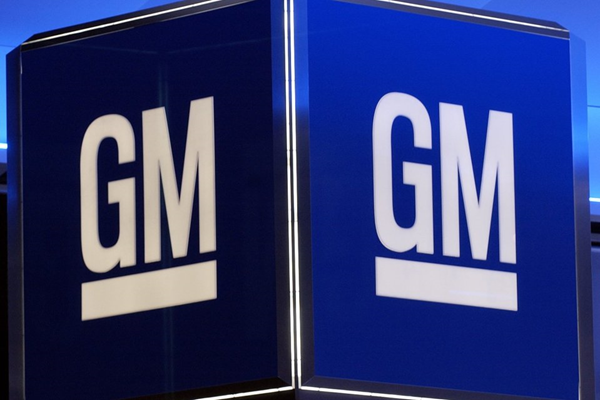|
THE
WALL STREET JOURNAL.
CFO Journal. |
Pensions
Pension Contributions Could be Bigger Boost to EPS than Buybacks:
GSAM
By
Vipal Monga
Oct 12, 2016
6:10 pm ET
|

General Motors borrowed money earlier this year to fund its
pension plan. PHOTO: GETTY IMAGE |
Companies looking to boost
their earnings-per-share by borrowing money to fund buybacks may want
to consider another option: putting the money into their pension
plans.
In a new report, Goldman
Sachs Asset Management argues that the earnings boost from a pension
contribution could actually be bigger than that received through share
repurchases.
Companies have
spent record amounts on buybacks
over the past several years, often using using borrowed money to do
so. Low interest rates have made the strategy appealing, as companies
can issue debt relatively cheaply and boost their earnings in a low
growth environment.
Stock buybacks for the
first two quarters of this year totaled $289.1 billion for the first
two quarters of the year. That’s ahead of last year’s pace, when
buybacks hit a record $582.3 billion, according to Factset.
But low interest rates are
a double-edged sword. While keeping borrowing costs down, they also
increase pension obligations for companies offering defined benefit
plans to employees. According to complicated actuarial math, the
present day value of future pension liabilities increases as rates
fall.
Consequently, S&P 1500
companies have struggled with obligations that have surged 36% this
year alone, as of Sept. 30, totalling a combined $551 billion,
according to Mercer. The deficit was $404 billion at the end of last
year.
Meanwhile the cost of
simply holding pensions on company books has increased in recent
years. Congress has
boosted the amount in premiums
pension sponsors must pay to the Pension Benefit Guaranty Corp., the
nation’s pension insurer. Businesses with underfunded plans, meaning
the value of their assets don’t equal the liabilities, must pay added
variable rate premiums that further increase the cost of their
pensions.
Goldman’s analysis uses
the hypothetical example of a company with earnings per share of
$0.70. After borrowing $2 billion at a 5% rate and contributing the
money to its pension, assuming a 6.5% return on its assets, the
company would boost earnings per share by $0.0448 cents, compared to a
$0.0337 boost through buybacks. The earnings boost includes
assumptions for the tax deductibility of debt and the savings made by
cutting the premiums paid to the PBGC. The
report outlines the full
analysis.
“We’re surprised we
haven’t seen more of it,” said Michael Moran, pension strategist at
Goldman Sachs Asset Management.
General Motors Co. and
International Paper
have both borrowed money to fund
pension contributions this year.
|
